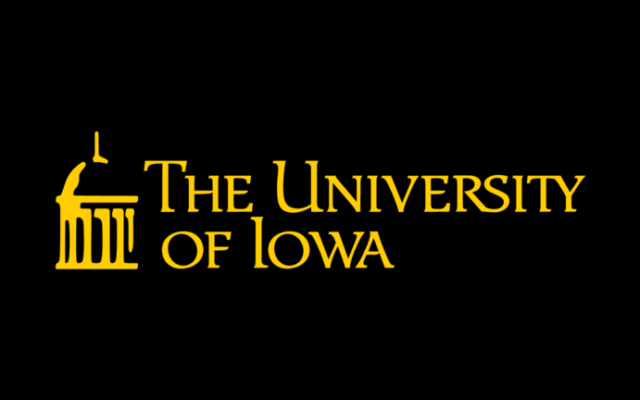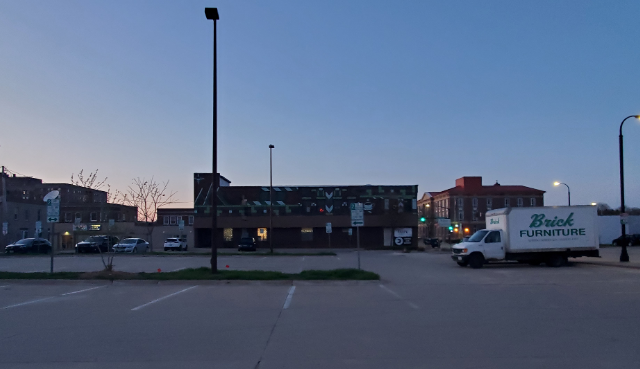Pandemic relief funds being used to establish Iowa Center for School Mental Health

DES MOINES — Governor Kim Reynolds is using $30 million in federal pandemic relief money on three school-related initiatives. Twenty-million will be used for a new Iowa Center for School Mental Health at the University of Iowa to help train current and future Iowa teachers. Iowa Department of Education director Ann Lebo said over the past year, many schools saw increasing levels of anxiety and depression among their students.
“Addressing these growing needs and ensuring students feel connected and supported is crucial to their overall wellbeing and academic achievement,” Lebo said during a news conference in the governor’s statehouse office.
Starting this summer, the center will provide all Iowa schools with crisis response services as well as face-to-face and online training for teachers. Another $7 million in pandemic relief money will be used on child care and preschool programs in Council Bluffs public schools. Council Bluffs Vickie Murillo said the district will provide in-school child care for infants and toddlers.
“We can demonstrate the effectiveness of high quality early childhood programming on kindergarten readiness of our young learners,” she said during the news conference.
Part of the $7 million will help pay for construction of a new early learning center on a vacant lot in the center of the Council Bluffs School District.
“With the expanded preschool and new child care opportunities, nearly 200 more students every year will be better prepared to learn to their fullest,” Murillo said, “and be kindergarten ready.”
Three million in federal pandemic funds sent to the Iowa Department of Education will be spent in the Waterloo district to improve reading and math skills in elementary students who’re struggling. Waterloo Superintendent Jane Lindaman said teachers will use proven methods to improve the achievement levels of students of color.
“Prior to Covid-19, Waterloo Schools was focusing on a targeted plan to close the achievement gap for our students of color, Covid-19 exacerbated this gap and laid bare the inequities within our school district,” Lindaman said. “Sometimes we attempt to explain achievement gaps as largely due to socio-economic disparities, but the truth is that even when a district controls for poverty and other differentiating factors, our white students still out-perform our black and brown students. These gaps are pervasive and they are persistent and we must fully commit ourselves to changing these outcomes.”
Governor Reynolds told these pilot projects will be evaluated once the federal funding runs out to determine whether state tax dollars will be spent on the initiatives.




